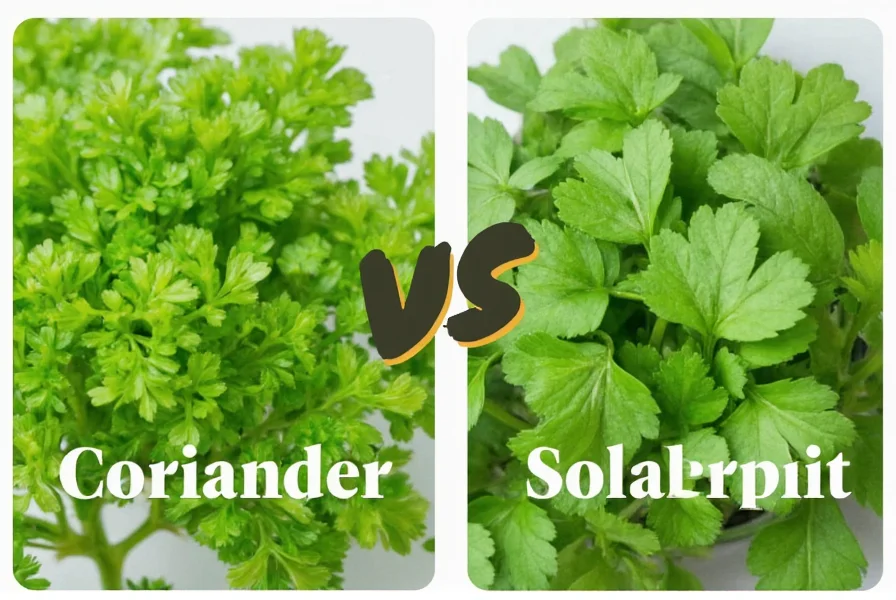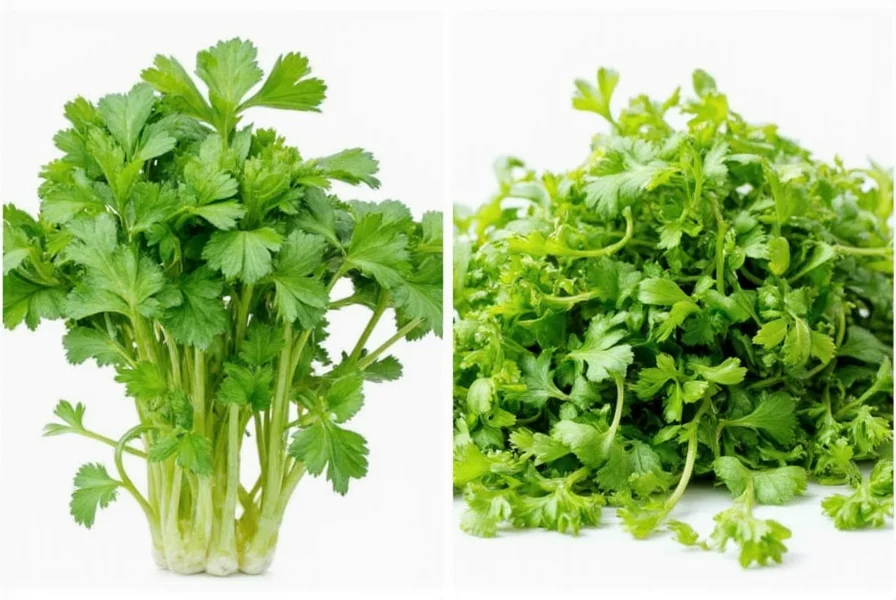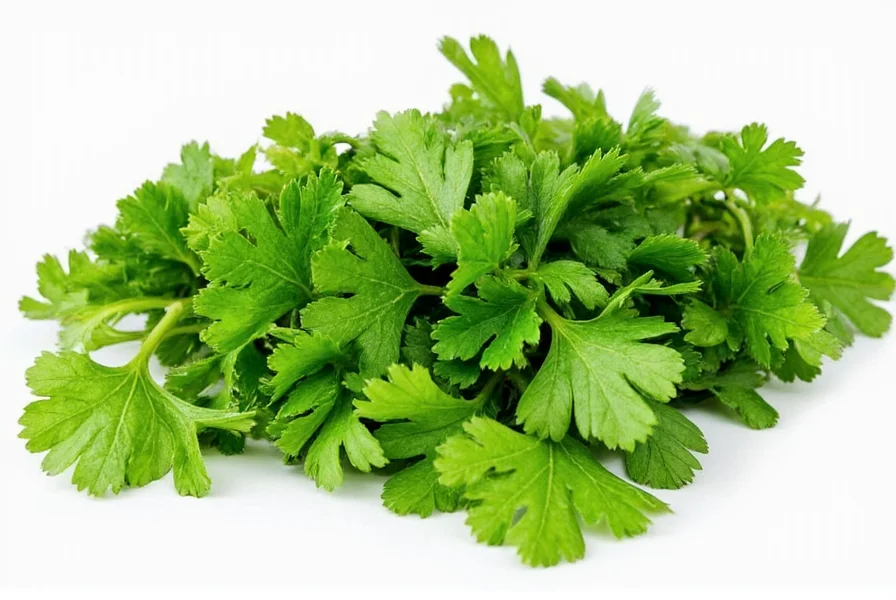Understanding the Spanish translation for coriander requires recognizing a fundamental linguistic divide between European and Latin American Spanish. What English speakers call \"coriander\" (referring to the fresh herb leaves) translates to \"cilantro\" across Mexico, Central America, and most of South America. However, in Spain, the same herb goes by \"coriandro,\" creating potential confusion when following recipes or shopping for ingredients.
| Region | Term for Fresh Herb Leaves | Term for Dried Seeds |
|---|---|---|
| Mexico, Central America, Caribbean | Cilantro | Cilantro (seco) |
| South America (most countries) | Cilantro | Cilantro (seco) |
| Spain | Coriandro | Coriandro (en grano) |
| Philippines (Spanish influence) | Dahon ng coriander | Coriander |
Botanical Context: Why the Confusion Exists
The confusion between coriander terms stems from how English and Spanish handle the same plant differently. The Coriandrum sativum plant produces both leaves and seeds that are used in cooking. In English:
- Coriander typically refers to the dried seeds
- Cilantro refers to the fresh leaves and stems
However, Spanish takes a different approach. In Latin America, \"cilantro\" refers to the entire plant—both leaves and seeds—though context usually clarifies which part is meant. In Spain, \"coriandro\" serves the same dual purpose. This explains why searching for \"coriander in Mexican Spanish\" yields \"cilantro\" while \"coriander translation Spanish European\" returns \"coriandro.\"

Regional Usage in Cooking Contexts
When following Spanish-language recipes, understanding these regional terms prevents cooking mistakes. In Mexican cuisine—which has heavily influenced how Americans perceive \"cilantro\"—recipes will specify \"cilantro fresco\" when they mean the fresh herb. Spanish recipes from Spain might say \"coriandro fresco\" for the same ingredient.
The seeds present another layer of complexity. While English distinguishes between \"coriander seeds\" and \"ground coriander,\" Spanish speakers in the Americas typically call them \"semillas de cilantro\" (seeds of cilantro). In Spain, they'd be \"semillas de coriandro.\" This is crucial knowledge for anyone searching for \"Spanish word for coriander seeds\" or trying to interpret international spice labels.
Pronunciation Guide for Language Learners
Proper pronunciation matters when asking for coriander in Spanish-speaking markets:
- Cilantro: pronounced \"see-LAHN-troh\" (with a soft \"c\" sound)
- Coriandro: pronounced \"koh-ree-AHN-droh\" (with a hard \"c\" sound)
Many English speakers searching for \"how to say coriander in Spanish\" struggle with these pronunciations, especially the rolled \"r\" in \"coriandro.\" The Spanish \"c\" before \"i\" and \"e\" makes an \"s\" sound in Latin America but a \"k\" sound in Spain—another reason for the regional terminology differences.

Common Misunderstandings to Avoid
One frequent error involves confusing Spanish terminology with Portuguese. In Brazil (which speaks Portuguese, not Spanish), coriander is called \"coentro,\" which sounds similar to Spanish but isn't the same language. This distinction matters for those researching \"coriander translation Spanish vs Portuguese.\"
Another pitfall is assuming all Spanish-speaking regions use identical terms. For example, in some Andean countries like Peru and Ecuador, you might hear \"culantro\"—but this actually refers to a different herb (Eryngium foetidum) with a stronger flavor, sometimes called \"Mexican coriander\" in English. This explains why some travelers searching for \"what is cilantro called in Peru\" get confused by local market terms.
Practical Application for Cooks and Language Learners
When traveling or cooking with Spanish-language recipes, these guidelines help:
- Assume \"cilantro\" means the fresh herb in Latin America
- Look for \"coriandro\" in Spain and some formal culinary contexts
- Check for \"fresco\" (fresh) or \"seco\" (dried) to clarify which part is meant
- When in doubt, point to the ingredient or ask \"¿Esto se llama cilantro o coriandro aquí?\" (What do you call this here?)
Understanding these regional variations transforms potential kitchen disasters into successful culinary experiences, whether you're following a recipe for guacamole (which requires fresh cilantro) or Spanish chorizo (which often uses coriander seeds).
Frequently Asked Questions
Is cilantro the same as coriander in Spanish?
Yes, but the terminology varies by region. In Latin America, \"cilantro\" refers to both the fresh herb and its seeds. In Spain, \"coriandro\" serves this dual purpose. The English distinction between \"cilantro\" (leaves) and \"coriander\" (seeds) doesn't exist in Spanish, where one term typically covers both.
Why do Spanish speakers use different terms for coriander?
The difference stems from historical linguistic evolution. Latin American Spanish adopted \"cilantro\" from Mexican Spanish, while Spain retained \"coriandro\" from older Spanish usage. This reflects broader patterns where Latin American Spanish often preserves indigenous or regional terms that European Spanish has modified or replaced.
What's the difference between cilantro and culantro in Spanish?
Culantro (pronounced koo-LAHN-troh) refers to a different herb (Eryngium foetidum) with longer, saw-toothed leaves and stronger flavor. It's commonly used in Caribbean and some South American cuisines. True cilantro/coriandro (Coriandrum sativum) has delicate, lacy leaves. This distinction matters when searching for \"coriander in Spanish Caribbean\" recipes.
How do I ask for coriander in a Spanish-speaking market?
In Latin America, ask for \"cilantro fresco\" for the fresh herb or \"semillas de cilantro\" for the seeds. In Spain, request \"coriandro fresco\" or \"semillas de coriandro.\" If uncertain about regional terms, show a picture or ask \"¿Cómo le llaman a esta hierba aquí?\" (What do you call this herb here?)
Does the Spanish word for coriander change for the seeds?
Generally no—in most Spanish-speaking regions, the same term (cilantro or coriandro) refers to both the fresh herb and its seeds. Context usually clarifies which part is meant. To be specific, add \"semillas\" (seeds) or \"fresco\" (fresh). This differs from English where \"coriander\" typically means the seeds while \"cilantro\" means the leaves.











 浙公网安备
33010002000092号
浙公网安备
33010002000092号 浙B2-20120091-4
浙B2-20120091-4